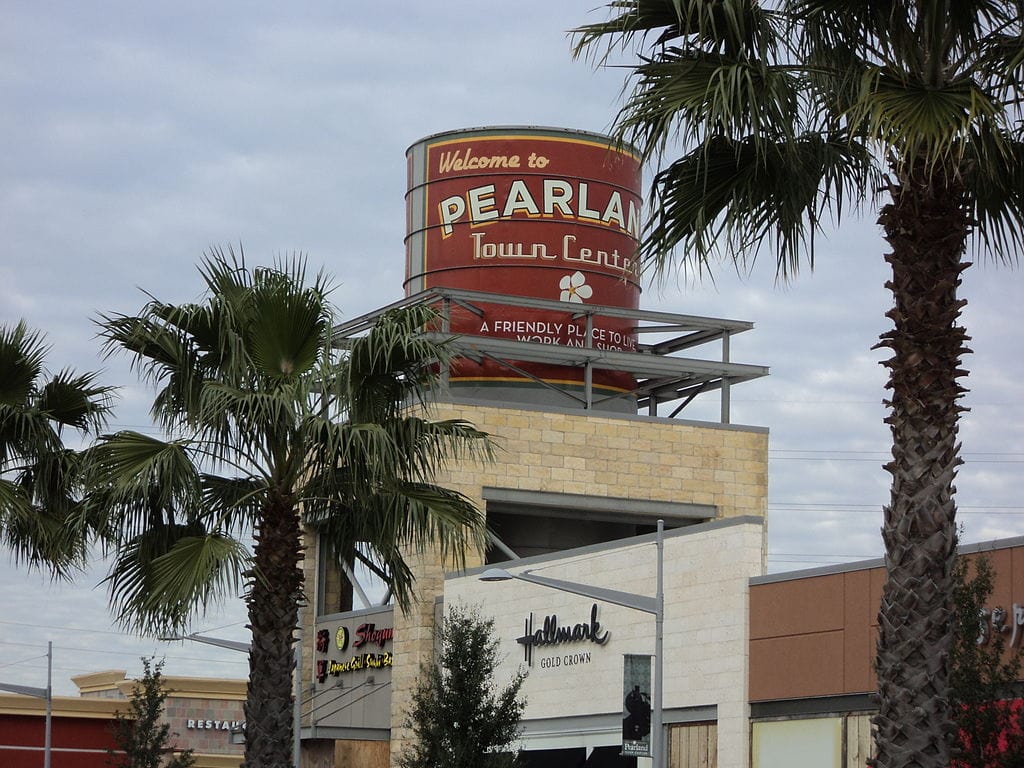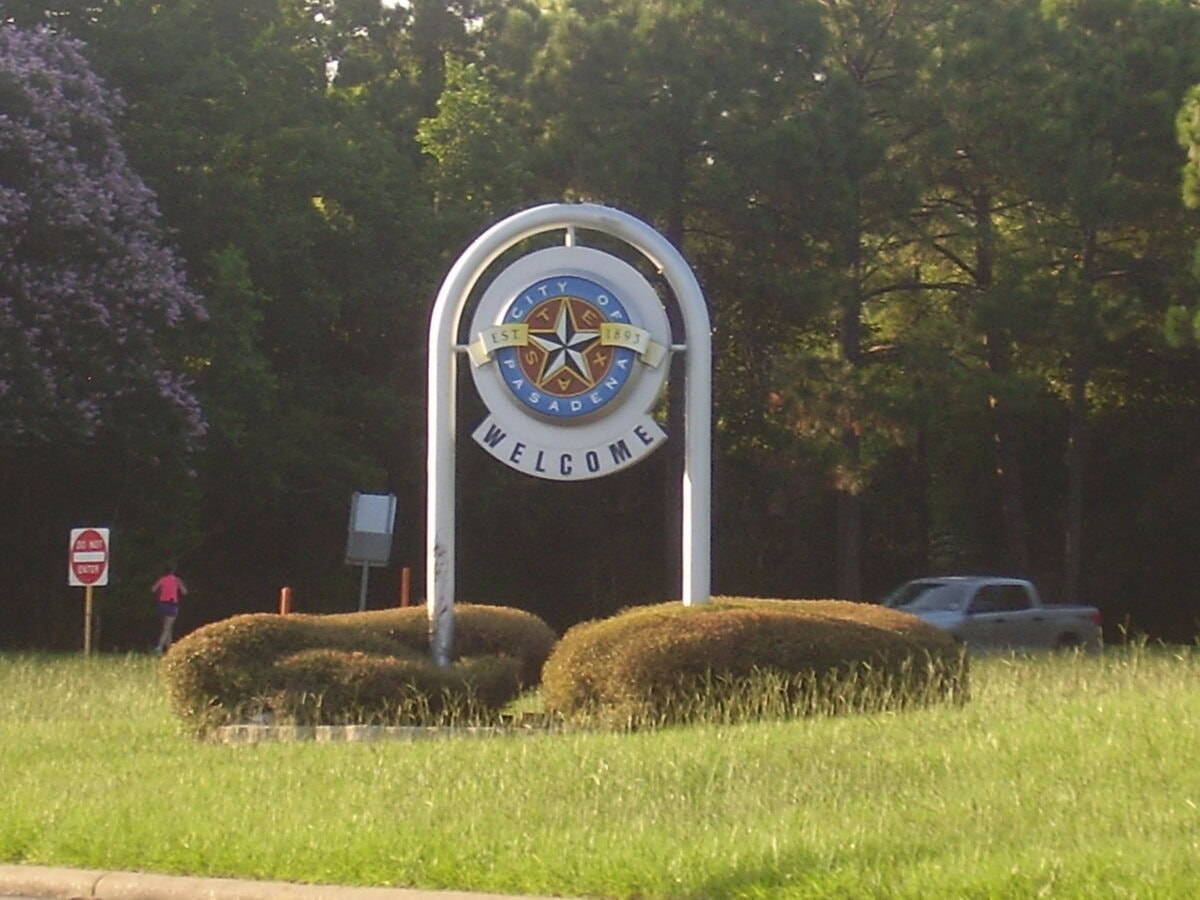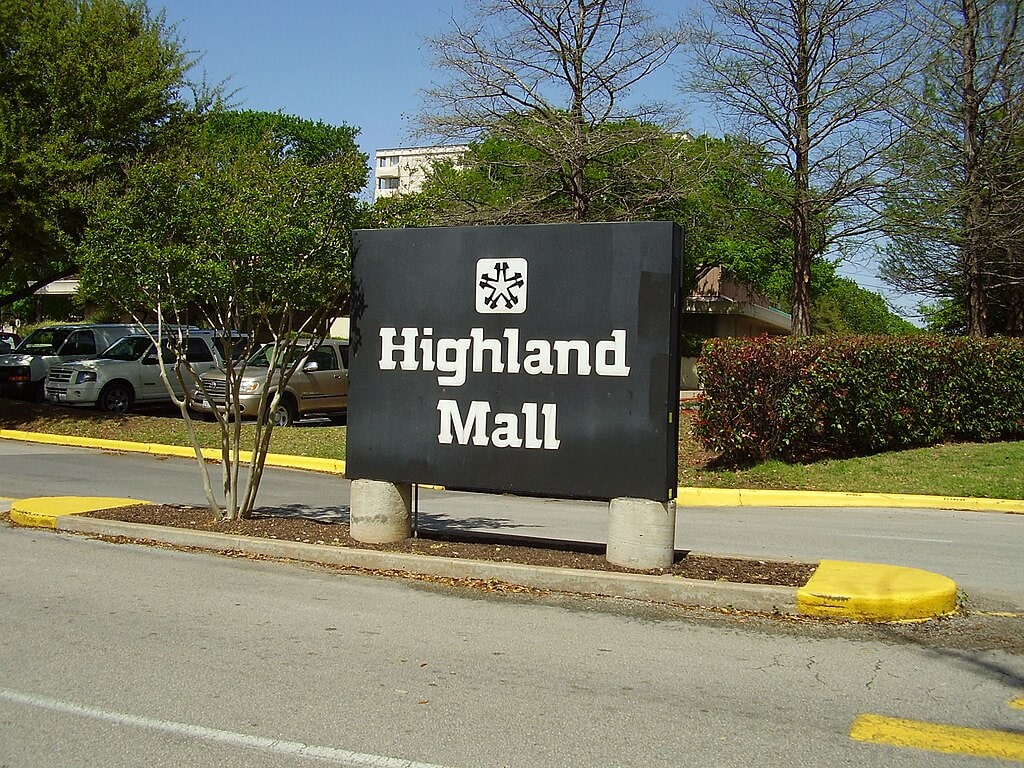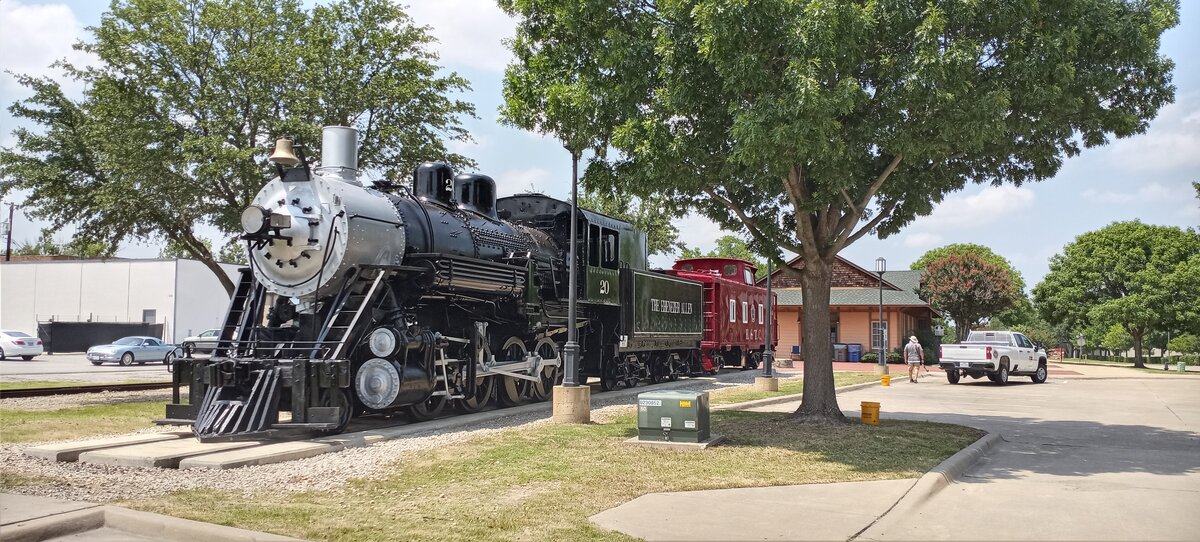From Prairie to Promenade: The Birth of West Oaks Mall
JMB Realty built West Oaks Mall in the early 1980s as Houston started spreading west along Highway 6. Foley's opened first, in May 1982, with a small ceremony that left kids' handprints set in terracotta tiles by the north entrance.
Two years later, the rest of the mall opened, replacing the empty fields near the new Shell Westwood Campus with bright lights, polished floors, and a promise of suburban life taking shape.
The plan called for four major anchors: Foley's on the east, Mervyn's on the west, Lord & Taylor to the north, and Saks Fifth Avenue to complete the lineup.
A fifth anchor pad on the south side remained empty, but was planned for Macy's. Saks opened in August 1983 as its second Houston location, and Mervyn's followed a year later with its first.
Inside, the one-level mall carried a Mission-style look: white stucco walls, terracotta floors, dark brown trim, and fountains brought in from Mexico.
Skylights cut through the roof, courtyards broke up the long halls, and a two-story food court called Fiesta Court gave the place an easy, open rhythm.
A six-screen Plitt Theatres cinema, a Palais Royal junior anchor, and more than 120 specialty shops filled the space between the department stores.
Together, they created a mix aimed at the growing population of West Houston and Fort Bend County.
When the mall opened, its clean stucco walls and new-carpet scent carried the air of optimism typical of early 1980s Houston development. For a moment, West Oaks Mall looked like the suburban future taking physical form.
The Gilded Years and the Oil Crash that Followed
For a few years, West Oaks Mall worked exactly as planned. Families came in from Katy and Alief, spending weekends under the skylights and around the fountains.
Then the oil market tanked. Houston's economy caved in on itself, and the suburbs took the hit first.
Saks Fifth Avenue shut its doors in 1990. Lord & Taylor followed. Their replacements, Sears and JCPenney, told the story in plain English: West Oaks had traded luxury for necessity.
It made sense to switch course. People hadn't stopped needing something to wear or to furnish their homes.
Dillard's stepped into the long-empty fifth anchor spot in 1991, finally giving the mall another strong tenant. The fountains stayed on, light still bounced from the tiles, and for a while, nothing slipped.
Town & Country Mall was on its way out, and West Oaks Mall managed to fill the gap. It wasn't glamorous anymore, but it was alive, and in Houston, that counted for something.
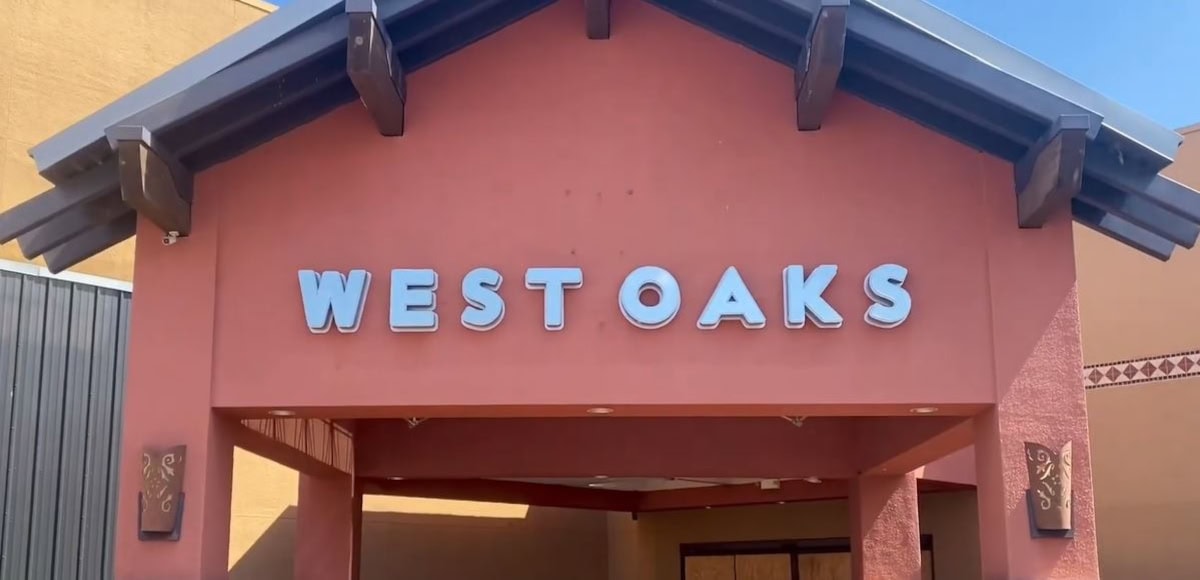
First Colony and the Beginning of the End
The reprieve lasted until 1996. That spring, Sugar Land welcomed its own shopping temple: First Colony Mall.
It was bright, new, and closer to the rising subdivisions of Fort Bend County. Suddenly, the shoppers who once drove to Highway 6 had options closer to home.
West Oaks Mall answered with a renovation: new tile, no fountains, and a cleaner, more contemporary look. The tall central clock came down.
The smoky second story in the food court disappeared. Even the fountains, those original symbols of serenity, were drained.
The remodel couldn't disguise what was happening outside. Malls were becoming less about architecture and more about identity.
First Colony offered "upscale family." Memorial City reinvented itself as "modern luxury." West Oaks was left in between, too far west for Houston's core, too ordinary for its newcomers.
When Somera Investment Partners bought the property in 2003, they promised a revival.
They even brought in the Alamo Drafthouse, Houston's first, in the old Cineplex Odeon space. For a brief, popcorn-scented moment, West Oaks Mall was cool again.
The Texas Ranch Makeover and the Boom That Bypassed It
In 2004, West Oaks Mall got its biggest facelift yet. Nine million dollars transformed the Mission-style mall into what the developers called "Texas ranch style." Marble replaced tile.
A fireplace warmed the food court. Concrete filled the old sunken plaza. The goal was to echo the rise of Cinco Ranch and the suburban boom to the west.
It worked for a while. Families from Katy and Richmond still stopped in for a movie or a bite.
But the real boom was happening somewhere else.
Katy Mills opened in 1999, Memorial City completed its glitzy expansion in 2002, and Town & Country was reborn as CityCentre.
Lifestyle centers, those open-air hybrids of retail and leisure, were in vogue. West Oaks, enclosed and increasingly quiet, began to feel out of time.
By 2009, the mall that had sold for $102 million just four years earlier changed hands again for $15 million. Pacific Retail Capital Partners took over, inheriting both a sprawling property and a fading promise.
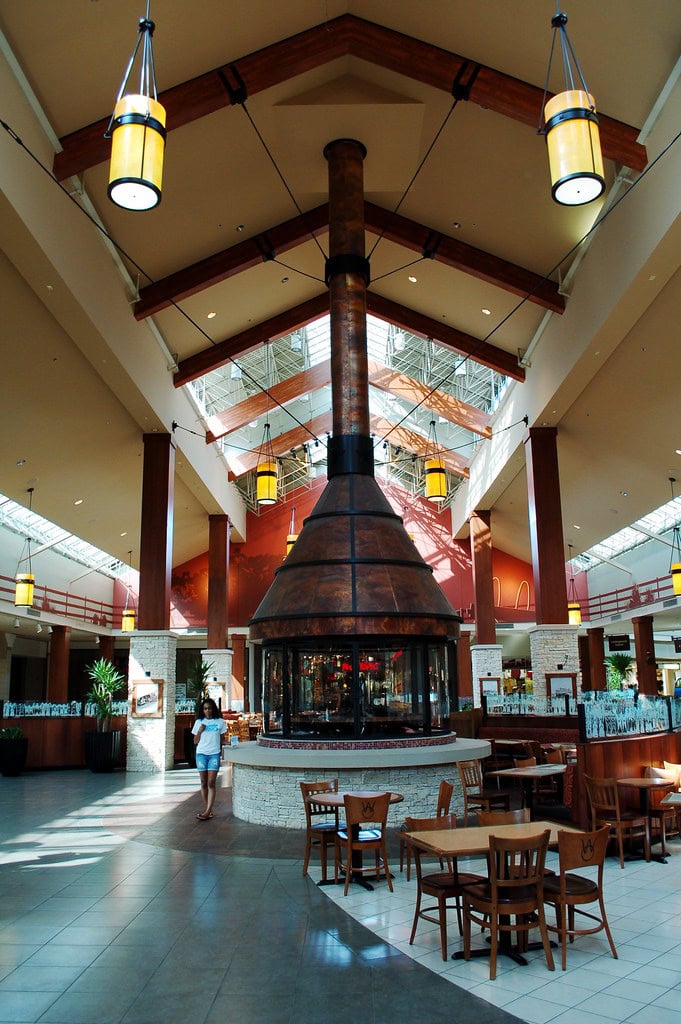
The Edwards Years: A Last Attempt at Revival
In 2011, a new plan took shape. Regal Entertainment Group agreed to open a 14-screen Edwards Theatre on the site of the old Mervyn's.
The project, estimated between $24 and $40 million, came with a new plaza, restaurants, and outdoor seating.
It was meant to be a statement: West Oaks was not dead yet.
Meanwhile, the rest of the mall morphed into something stranger. Fortis College moved into the old JCPenney.
Dillard's turned into a clearance center, only using one floor. Palais Royal returned, again, after a decade away.
For a time, it all worked. The Edwards West Oaks Mall Stadium 14 opened on August 24, 2012, complete with an RPX premium screen and the promise of date nights and family outings.
The Alamo Drafthouse, which had once symbolized West Oaks' rebirth, closed just before Edwards opened.
A Toby Keith's I Love This Bar & Grill filled its space for a few rowdy years, then closed, too. The music faded, the lights dimmed, and the echoes returned.
Departures, Closures, and the Long Unraveling
Macy's closed in March 2017, ending a 35-year run that started when the store was still Foley's. Sears followed a year later, and the building went quiet.
Palais Royal made one more try, then shut down again in 2019. Crazy Boss took its place, a discount store that filled the space without really changing anything.
That same year, Mehta Investments bought the mall and opened The Outlet in the old Macy's space. It sold clothes, shoes, and overstock goods, the kind of mix that said the mall was running on habit more than hope.
By 2020, Bed Bath & Beyond was gone. Victoria's Secret and Bath & Body Works left soon after.
Then the pandemic hit, and the theater didn't survive it. Cineworld filed for bankruptcy in 2022, and the Edwards West Oaks closed that September. The sign stayed up, but the lights never came back on.
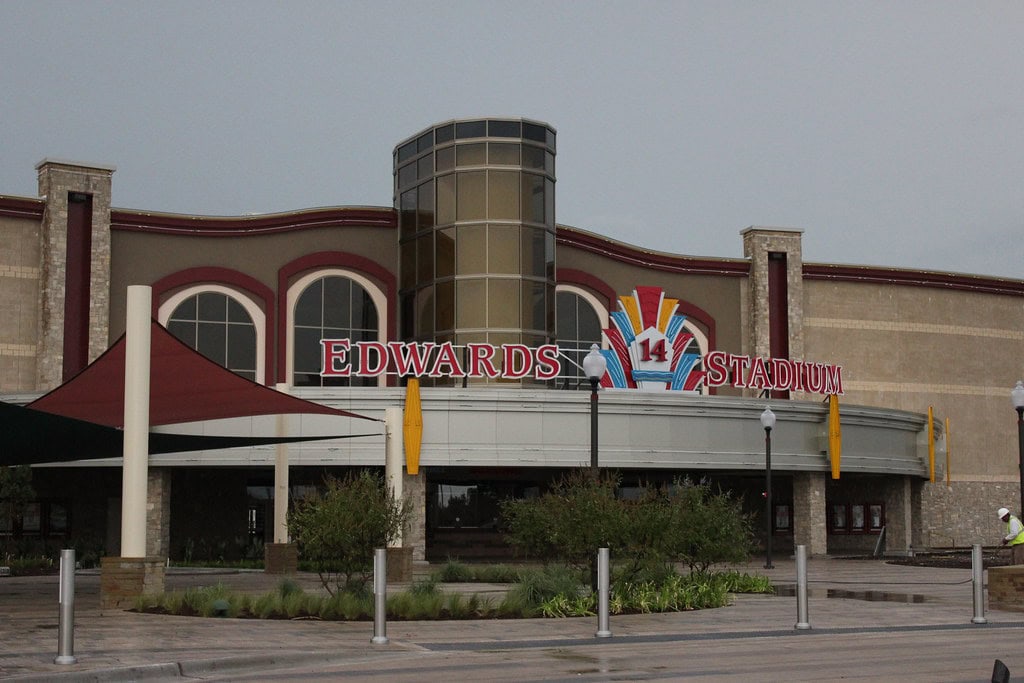
A Mall in Shadow: The Present Quiet
By the middle of 2024, the Houston Chronicle said the inside of West Oaks Mall looked frozen in time.
The entrances were locked, the corridors dark, and the air still. Through the glass, a few potted plants and empty storefronts sat exactly where they had been left.
The old directory still listed Palais Royal, its colors washed out from age. Only four tenants were open: Dillard's Clearance Center, The Outlet, Fortis College, and Crazy Boss.
Outside, the heat beat down on acres of empty parking lot. LoopNet listings still call the place prime retail space with multiple access points.
It sounds optimistic, as such listings must. The building still stands, solid and wide, with nearly half a million square feet technically for lease.
In truth, it feels less like a mall and more like a preserved artifact, a piece of suburban history from the years when shopping indoors still felt like progress.
What Comes After: The Afterlife of a Mall
By 2025, West Oaks Mall is still there. Not torn down, not brought back, just sitting in between. A few leasing banners flap on the walls, promising new life that never comes.
The building stands caught between usefulness and memory, too expensive to level, too empty to fill.
It's the same story that played out all over the country. The 1980s built the dream, and the decades after hollowed it out.
West Oaks had its turn as a symbol of suburban growth, survived the downturns, and now sits quietly, the kind of landmark that says more about what's gone than what's next.
Dillard's Clearance Center keeps one floor open. The lights still hum. Someone still walks through the doors. A few shoppers come for discounts. Cars still dot the hot asphalt outside.
What's left feels steady, if nothing else. In a city that rebuilds everything it touches, West Oaks has managed a different trick. It missed the memo about moving on.


